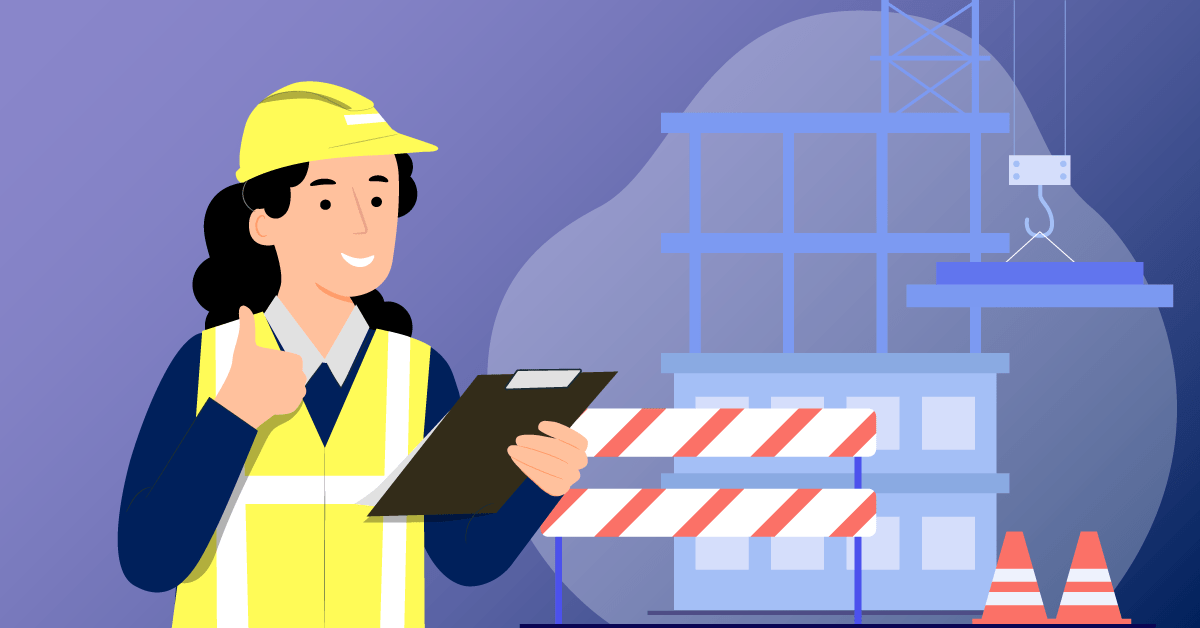Inductions play a key role in ensuring that their employees, contractors, and site visitors are aware of, acknowledge, and understand key information related to an organisation’s operations and environment. Every time you attend a location there will be changes. Even small or subtle ones can alter conditions.
Different types of induction
Inductions can be delivered at numerous levels. A general induction, or company-wide induction, is one that delivers information that is necessary for anyone working with, or being engaged by, an organisation, and may cover topics such as:
- Safety policies, procedures and standards
- Expectations of behaviour and conduct
- Procedures and policies
- Grievance lodgement
- Important company contacts
- Required knowledge and training
- Organisational structure and reporting lines
This information is important for all employees to know and understand as part of their role. Additionally, any contractor engaged by the organisation should be properly inducted to ensure that they are informed about responsibilities and safety expectations. This will aid them in conducting their work for the client in line with legislation, expectations, and contractual obligations.
Site inductions, or site-specific inductions, differ in that they are delivered to employees, contractors, and visitors in relation to a specific site or workplace. These include important information that should be known, understood, and acknowledged prior to entering the site, such as:
- The site’s WHS Management Plan or H&S Coordination Plan (if applicable)
- Site policies and procedures
- Site emergency procedures, evacuation plans, and assembly points
- Site maps and the location of essential services and medical supplies
- Important site contacts
- Communications equipment and channels
- Known hazards
- Currently implemented risk controls
- Hazard and incident reporting processes
Why should you deliver site inductions?
Failure to induct workers and site visitors can have disastrous implications. It greatly increases the risk of incidents related to individuals being unprepared for site conditions, not understanding correct procedures, or not knowing how to communicate and coordinate with others on site. Results can include:
- Inefficient work
- Compromised project deliverables or timelines
- The introduction of environmental hazards
- Most worryingly, the risk of injury to workers, visitors, and the public
In the event that an incident does occur on site, properly inducted workers will understand the correct course of action to ensure that it is reported and dealt with appropriately.
In some instances, site inductions are a legislative requirement. This includes for construction work (other than housing construction work), whereby a Principal Contractor must provide information, training and instruction to a worker covering the nature of the work, the nature of the risks and the control measures implemented. Read Safe Work Australia’s workplace induction for construction workplaces information sheet for more.
There are legal implications for the failure to adequately deliver site inductions as well. Recently, an operator in the transport and warehousing industry, Glen Cameron Nominees Pty Ltd, was issued a fine in the Darwin Local Court following the death of a man in 2016. The deceased fell asleep in a shopping centre loading dock and was run over by a subcontractor as they left. It was reported that the subcontractor was not provided induction training, or a site induction, despite having worked at the site for four years.
“If the driver was properly inducted, he would have been aware that Glen Cameron had two standard operating procedures that required drivers to physically check both the rear and front of the vehicle for pedestrians before moving the vehicle.
“If the driver followed these two procedures, he would have seen the deceased and the incident would have been avoided. Induction training is an opportunity to educate new employees or sub-contractors on your company’s safety policies, including any standard operating procedures or emergency processes they need to follow.
“Every workplace is different and site inductions will provide your employees with procedures to safely enter and operate in the workplace, as well as highlight hazards particular to that workplace.
“I urge all companies to review their induction training and make sure all employees and subcontractors are provided proper induction training to safely do their work.”
Chris Wicks – Acting Executive Director, NT WorkSafe
How to deliver site inductions
Where previously it was common to deliver site inductions in person, the modern working environment favours online induction platforms or site access and induction applications. The advantages of these are that:
- Inductions can be distributed in bulk
- Site inductions can be delivered and completed prior to arriving on site
- Content can be easily customised and edited
- Induction completion can be measured and tracked
- Completion data is stored and exportable for reporting purposes
- Induction platforms can be integrated with contractor management and prequalification systems like Cm3
To discuss your organisation’s approach to general and site inductions, speak to a representative from Cm3 today.
